Who Invented Mobile?
Who Invented Mobile?
You've been using the phone for a long time, but have you ever wondered who invented it? In this article, we are going to discuss who invented the phone. In the past, we used to have a small Nokia phone on which we could play games like Cricket and Snake and get access to very few functions like calling and alarm. But now we have smartphones on which we can play games with high graphics and access information using the internet.
Since the invention of the phone, most of the world's task has been done through it. If you have the internet, you can read all of the news worldwide and use social media apps such as Instagram, Twitter, and Facebook on your phone.
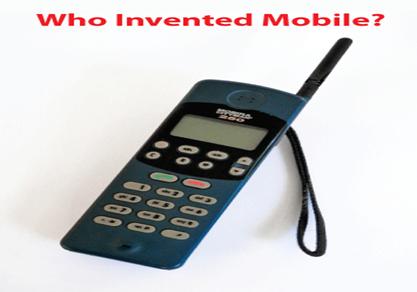
What is Mobile?
We use the mobile phone to communicate with another person who is in the other part of a nation. It facilitates communication with someone without traveling physically at their place.
Mobile phones were invented after the telephone.The mobile phone is very small in size. It may be carried from one location to another by anyone of any age.
In simple terms, the phone is a communication device that allows us to communicate with one another. Previously, only two people could chat on the phone simultaneously, but various functions to the phone have been added as time has passed.
Who Invented Mobile Phone?
Martin Cooper, who joined Motorola in 1970, was the inventor of the mobile phone. Martin was an American who was passionate about the telecommunications sector. Martin Cooper was involved in the development of wireless technology. He aimed to use this technology to create a phone-like tool that didn't require a wire.Since the telephone's invention, people have been trying to make it more advanced and portable. Many corporations and researchers were working on this subject, but Martin Cooper, a Motorola engineer, was the first to succeed.
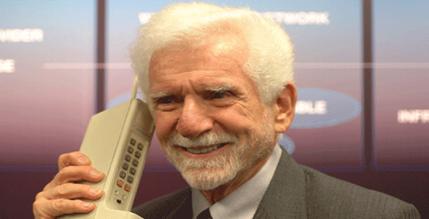
Dr. Martin Cooper and his Motorola team are credited with developing the first portable mobile phone in April 1973.The first phone call made with the first portable phone was to his competitor, Bell LaboratoriesJoel Engel, who was also racing to build the first mobile phone. Before this time, radiophones onboard ships and cars were available. Dr. Cooper's phone, on the other hand, was the first portable contemporary mobile phone. It weighed about two kilos and had just 20-minute battery life. However, Cooper claims that this didn't matter because you couldn't hold the phone for very long.
Evolution of Phone
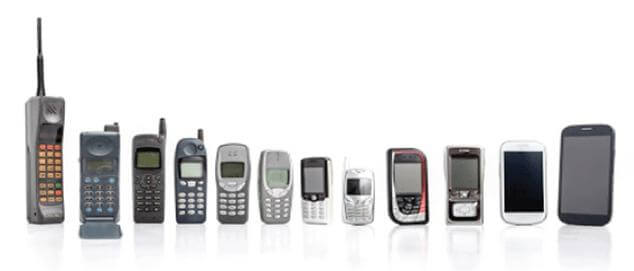
This section will show how mobile phones have evolved from 1973 to the present day in chronological sequence. First, we'll look at how the physical size of phones has evolved through time, as well as the causes behind the changes. Next, we'll look at how we came from a black-and-white analog call-only capacity to a full-color super-smart usability device.
1. MotorolaDynaTAC 8000x
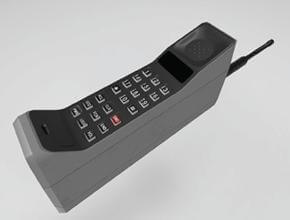
It was the world's first portable mobile phone. It was released in 1983. Although this phone was big and heavy, the price was high. This phone was retailed for USD 4000. The phone weighed 2.425 pounds and measured 9 inches in diameter, with a conversation time of around 30 minutes. Motorola spent $100 million over ten years creating the gadget. Thus it was an expensive innovation.
2. CONSUMER WELCOMES TPU 900
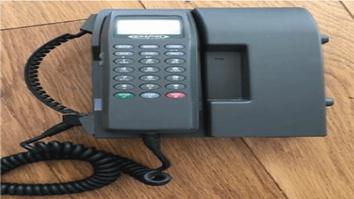
It was the first GSM phone in the world and the first to receive a text message. GSM was initially available in Europe in 1991 with the Orbitel TPU 900. Nokia was one of the first companies to take advantage of this change. As a result, a large-scale production facility was built to produce phones with sophisticated displays for budget-conscious consumers.
3. SIEMENS S10 SPLASH OF COLOR
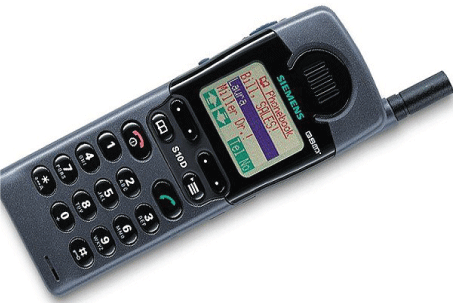
It was the very first color phone. Although it only came in four colors, the Siemens S10 gave the 1997 cell phone shows a new perspective. The first gadget without an external antenna was released in the same year by Hagenuk. In addition, Ericcson offered swappable shaded front console boards, which kicked off the customization process in a big way. The 5100 series was introduced the following year with various 'Xpress-on' interchangeable covers, making it the first fashion-oriented phone.
4. WELCOMES CAMERA AND WAP FEATURE
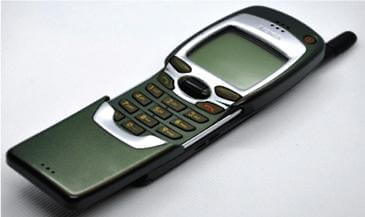
Nokia released the 7110 in 1999, which was the first device to support WAP (Wireless Application Protocol). WAP is a data transmission protocol for mobile wireless networks. In the year 2000, the world's first camera mobile phone,J-SH04 is released.Although it was only accessible in Japan at the time, it marked the beginning of the public's love for cell phone photography. However, western markets were not interested in camera phones until the Sony Ericsson T68i with a clip-on camera was released in 2002.
5. Mobile Data Revolution
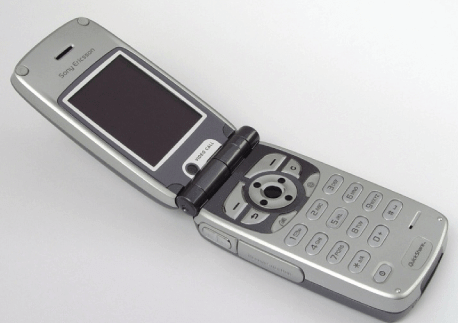
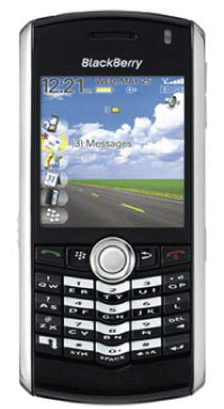
Sony Ericsson Z1010 and BlackBerry Pearl 8100was introduced 3G in March 2003, allowing for download rates of up to 2MBS. The 3G service was initially introduced in the United Kingdom. With a succession of successful BlackBerry devices like the 8100 Pearl, RIM (Mobile platform) delivered mobile email to the people. In addition, front-facing cameras were first launched in 2003 on handsets like the Sony Ericsson Z1010, opening the way for mobile video calling.
6. First Touchscreen LG Prada
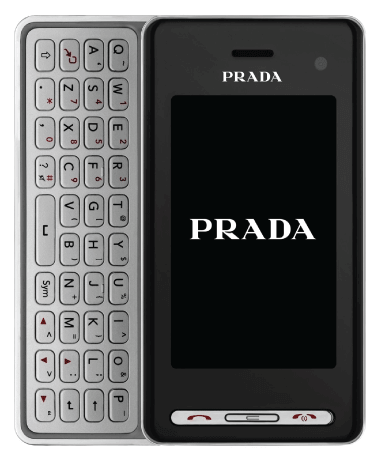
Smartphones are becoming more intelligent as time flies. The LG Prada was the first touchscreen phone. Swiping and scrolling have taken the role of the standard input button.Before the Apple iPhone was introduced in May 2007, the LG Prada had the first touchscreen on the market. On the other hand, Apple proved that it has a more trustworthy brand and a better understanding of the capacitive touchscreen's possibilities.
7. Welcomes 4g Samsung Galaxy S5
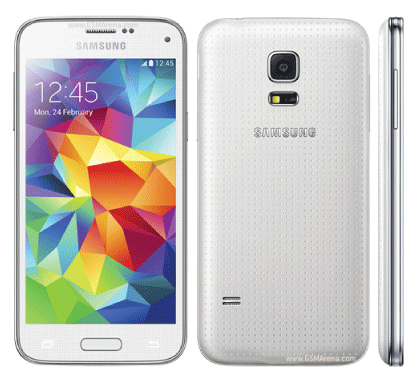
Smartphones have become an increasingly important part of modern life. Smartphones are capable of much more than just conversation. Smartphones have surpassed landlines as the primary mode of communication. The phone's speed has increased from 1G to 4G, with download rates of up to 12 megabits per second. In addition, voice recognition is being implemented. Samsung first introduced Google Voice, and then Apple introduced Siri to the market. To capitalize on the growing popularity of mobile health and fitness, Samsung incorporated a built-in heart rate monitor to its flagship Galaxy S5.
The evolution is still being taking place, and now we are in the era of 5G, there are many more changes in the future possible.